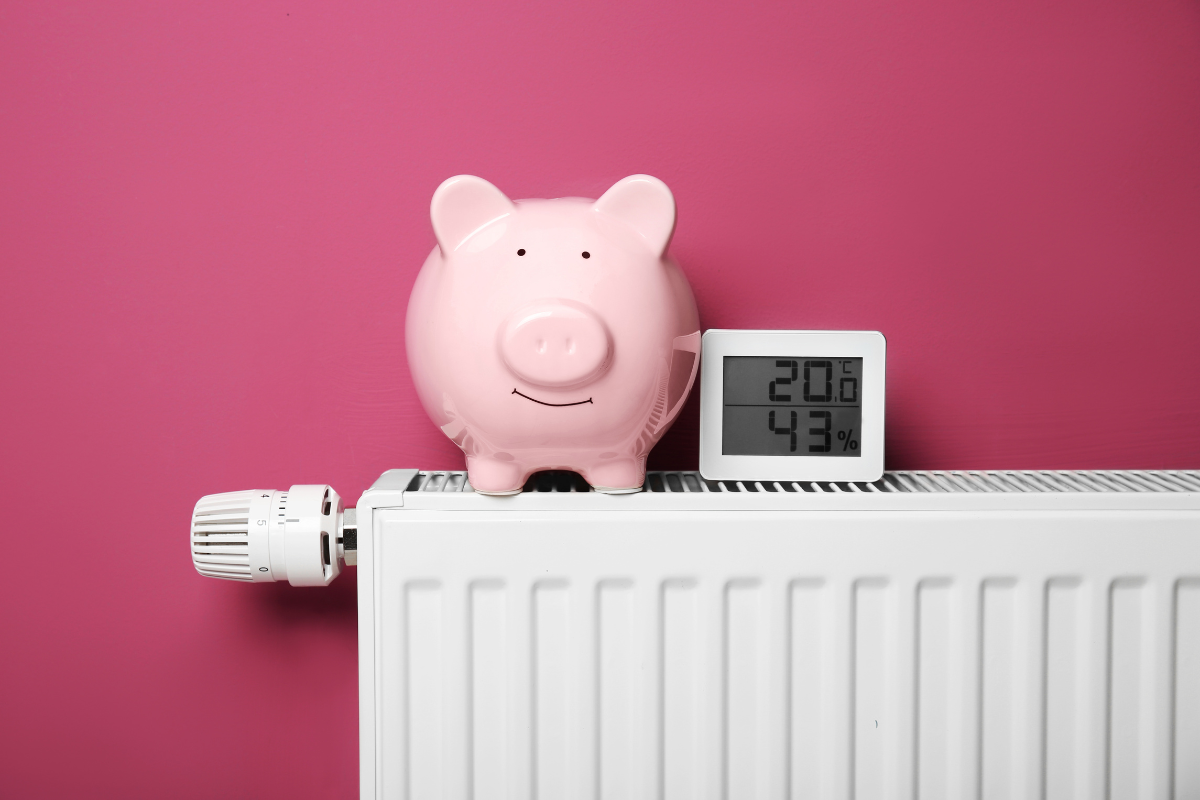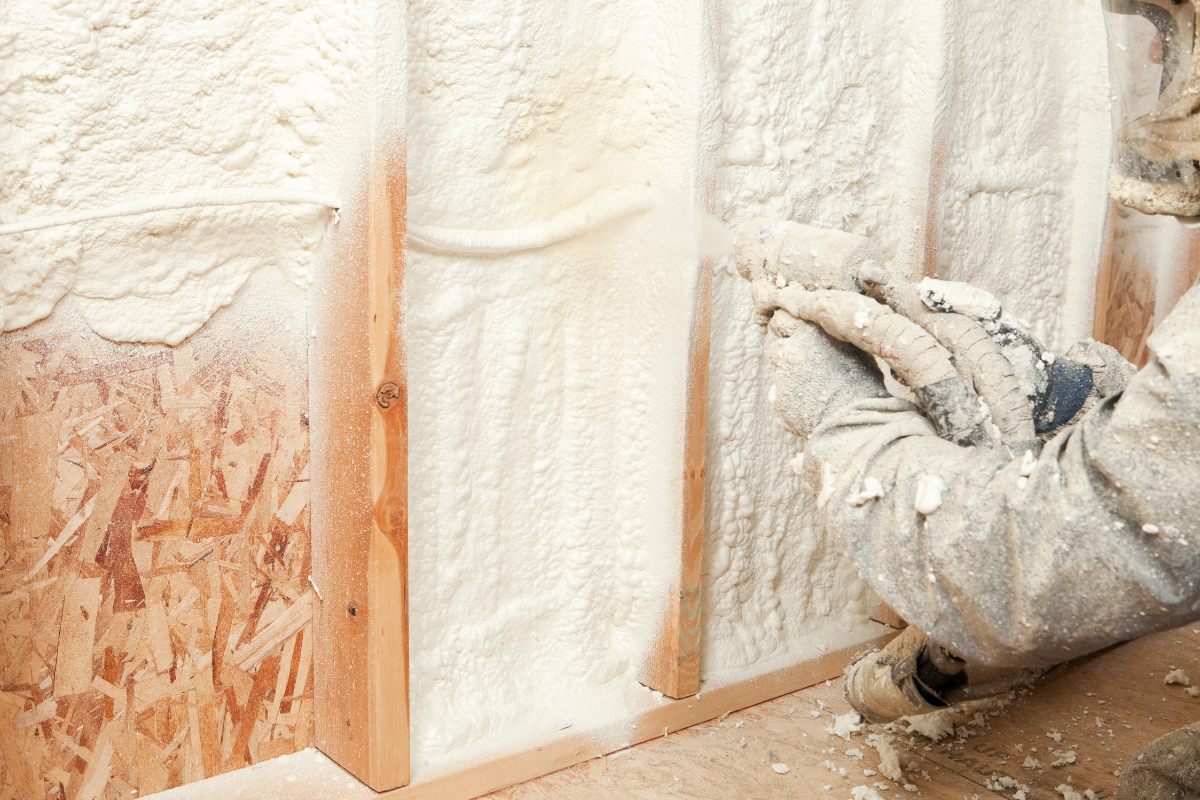
3 minute read
Saving Energy and Money: Long term energy saving
Insulation really is the best way to stop that precious heat escaping from your home. You’ve paid for your heat, so hang on to it!
Loft insulation
Without loft insulation, as much as a quarter of the heat you pay for could be escaping through the roof. Loft insulation is one of the most effective ways of achieving a warmer home which is cheaper to run and more energy efficient. It's worth checking how much loft insulation you already have. The recommended depth is 270mm (11"). In order for the insulation to work, it shouldn't be compressed nor have items stored on top of it.
Room in Roof insulation
Up to 25% of the heat in your home can be lost through an uninsulated roof, so if you're using or planning to use your loft space as a living space, then it is important to insulate as much as possible.

Spray Foam insulation
An alternative approach is to spray insulating foam directly onto the underside of the roof and between the rafters. This isn’t recommended. Spray foam insulation is suitable in some situations, but advice should be sought before making a commitment.

Floor insulation
Up to 15% of heat could be lost through the ground floor of your house or through rooms over unheated spaces such as garages.
Floor insulation comes in two forms, suspended floor insulation and solid floor insulation. If your floor has floorboards laid over wooden joists with a void underneath, then you have a suspended timber floor. Houses with air bricks at ground level typically have suspended timber floors to allow air flow under the floor.
Cavity Wall insulation
If your home was built after about 1920, it is likely to have cavity walls – two walls of brick or block separated by an air cavity. These can be filled with insulation to stop heat escaping.

Solid wall insulation
If your property was built before 1920, it is likely that it was built with solid stone or brick external walls. If these walls are uninsulated, you could be losing up to a third of your property’s generated heat, wasting money and energy.
It is most cost-effective to fit either of these types of insulation when carrying out other work on your home, such as when you're decorating, installing a new kitchen or external improvements. Internal and external insulation are best fitted by a professional, but costs can be kept down by doing the decorating and finishing yourself.
Internal solid wall insulation
Generally cheaper to install than external wall insulation and can be completed by someone with reasonable DIY skills.
External solid wall insulation/cladding
This is more expensive to install than internal insulation and requires full access to all external wall areas. It has the advantage of causing minimal disruption to the household during installation and can provide a weatherproof finish for older properties. It can also offer increased soundproofing from traffic, etc.










